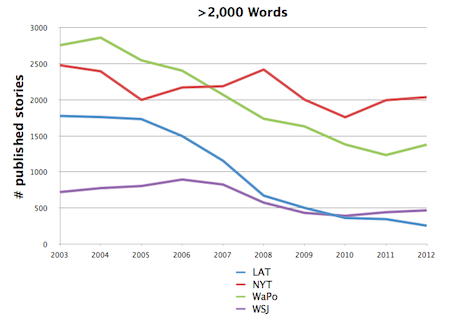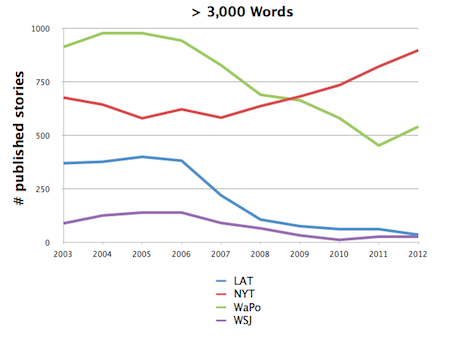
Twitter logo (Jessekoeckhoven/Wikimedia Commons)
Researchers from the Georgia Institute of Technology did a study tracking the best ways to increase one’s Twitter following, according to Poynter. The researchers studied over 500 active Twitter accounts. They found that tweeting negative statements proves to be an easy way to shoot yourself in the foot. You’ll also alienate more people if you tweet a lot about yourself and less about “information.” “Informational content attracts followers with an effect that is roughly thirty times higher than the effect of [personal] ‘meformer’ content, which deters growth,” they wrote. “We think this is due to the prevalence of weak ties on Twitter.”
Poynter lists 14 points the study concluded, ruling on what’s good and bad. For example: A detailed profile description or “bio” (good); cramming too many useless hashtags into your tweets (bad).











